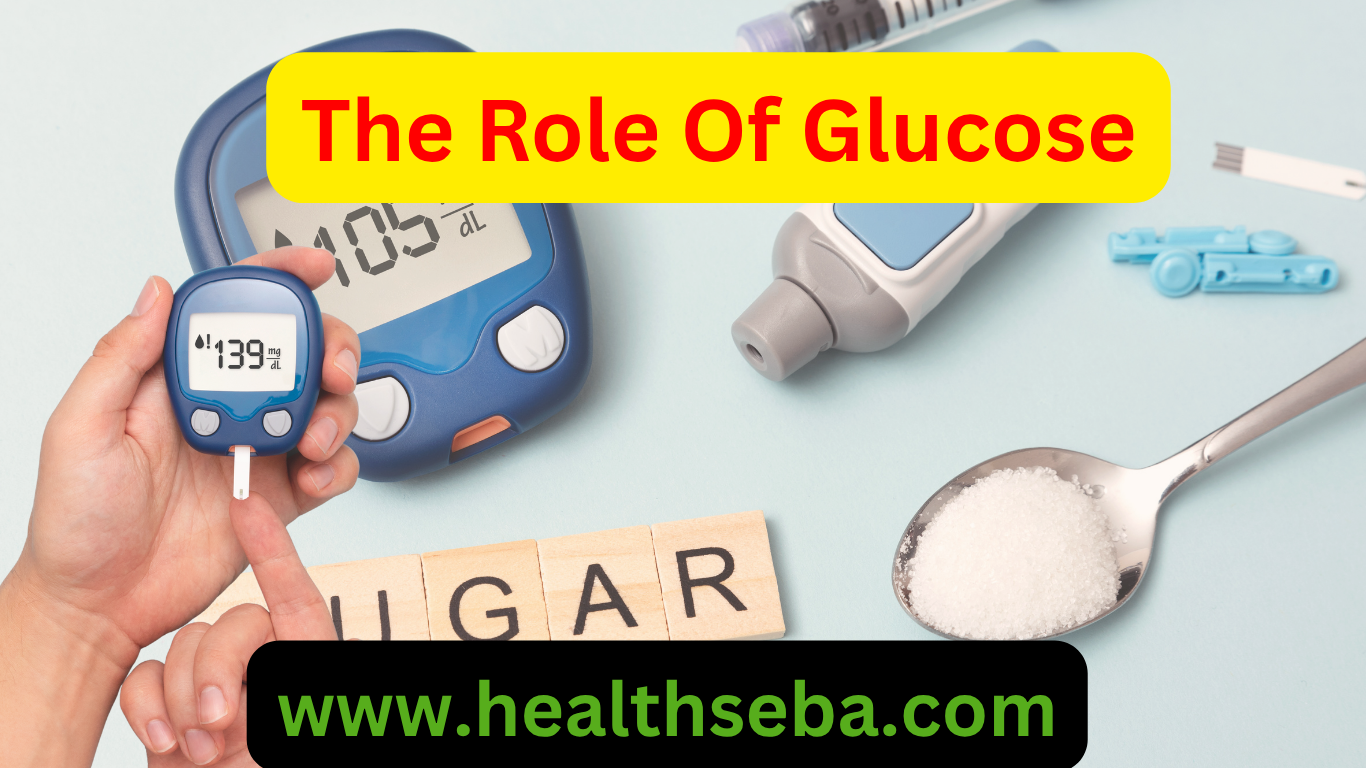Introduction
Diabetes or high blood sugar is a common but silent disease worldwide today. Many people do not understand the initial symptoms, as a result of which the disease becomes complicated. When the body cannot function properly or does not produce enough insulin, glucose in the blood increases. If the common symptoms of diabetes are recognized at the beginning, it is possible to control it through prompt treatment and lifestyle changes.
Common symptoms
1. Excessive Thirst and Frequent Urination
When blood glucose rises, the kidneys start working harder to flush out excess sugar. As a result, the body loses more water through urine. This leads to frequent urination and constant thirst. Moreover, dehydration can worsen the feeling of fatigue and dryness in the mouth. Drinking sufficient water and controlling sugar levels help reduce these symptoms.
2. Sudden Weight Loss
When the body cannot use glucose for energy, it begins to break down stored fat and muscle instead. Consequently, rapid and unexplained weight loss occurs, even when the diet remains unchanged. In addition, the body’s energy balance gets disturbed, making you feel weaker and more tired.
3. Excessive Hunger
Despite having high glucose levels in the blood, the body’s cells do not receive enough energy. Therefore, hunger increases right after eating, and the desire to eat again appears within a short time. This constant hunger, known as polyphagia, is one of the earliest warning signs of diabetes.
4. Blurred Vision
High glucose levels cause fluid to build up in the eye’s lens, resulting in blurred or distorted vision. If left untreated, this may lead to serious complications such as diabetic retinopathy. Hence, maintaining normal blood sugar helps protect eyesight and prevent long-term damage.
5. Fatigue and Weakness
When glucose fails to enter the cells properly, the body lacks energy for daily activities. Consequently, you feel tired, weak, and less focused throughout the day. In addition, poor sleep and dehydration can make this fatigue even worse.
6. Slow Wound Healing
Elevated blood glucose affects blood circulation and reduces oxygen supply to tissues. Therefore, wounds, cuts, and infections take longer to heal. Proper diabetes management and hygiene are crucial to prevent complications such as ulcers or gangrene.
7. Itching and Skin Infections
High sugar levels create an ideal environment for bacterial and fungal infections. Itching often occurs around the hands, feet, and genital areas. Moreover, dry skin and poor circulation make the condition worse. Keeping the skin clean and hydrated can help reduce irritation.
8. Numbness or Tingling in Hands and Feet
Constantly high blood sugar damages the nerves over time. As a result, numbness, burning, or tingling sensations appear in the hands and feet — a condition known as diabetic neuropathy. Early glucose control helps prevent further nerve damage and improves comfort.
What to check if you see these symptoms
If you experience symptoms like frequent thirst, frequent urination, fatigue, or weight loss, it is very important to get some basic blood tests done without delay. With the right tests at the initial stage, diabetes can be easily identified and treatment can be started.
🔹 1. Fasting Blood Sugar (FBS):
This test helps measure the amount of glucose in the blood on an empty stomach in the morning.
Normal range: 70–99 mg/dL
Diabetes risk: 100–125 mg/dL (Prediabetes)
Diabetes: 126 mg/dL or more
2. Postprandial Blood Sugar (PPBS):
This test is done 2 hours after eating. It shows how much glucose the body is using after eating.
Normal range: 70–140 mg/dL
Diabetes: 200 mg/dL or more
3. HbA1c (Glycated Hemoglobin Test):
This test shows the average blood sugar level for the last 2–3 months.
Normal Range: Below 5.6%
Prediabetes: 5.7%–6.4%
Diabetes: 6.5% or higher
4. Random Blood Sugar (RBS):
This test can be done at any time of the day.
Normal Range: 70–140 mg/dL
Diabetes: 200 mg/dL or higher
5. Urine Sugar Test:
This test checks for glucose or ketones in the urine. If they are present, then the blood sugar is too high.
Conclusion
It is very important to understand the early signs of diabetes. If detected on time, it is possible to keep it completely under control through medication, diet and lifestyle changes. Listen to your body’s signals and get your blood tested regularly. Because, awareness and quick action are the first step to protection from diabetes.
Frequently Asked Questions
1. Which test is the most reliable for diagnosing diabetes?
The HbA1c test is the most reliable. It shows the average blood sugar level for the last 2–3 months. This shows how well your diabetes is under control.
2. What are the first symptoms of diabetes?
Usually, excessive thirst, frequent urination, unintentional weight loss, blurred vision, and fatigue are the initial symptoms of diabetes.
3. How often should blood sugar be tested?
Those who do not have diabetes but are at risk (overweight, family history), should be tested at least once a year. For diabetic patients, doctors usually recommend an HbA1c test once every 3 months.
4. How to prepare before a diabetes test?
Fasting Blood Sugar Test requires fasting for at least 8 hours. But there is no special preparation required for Random or HbA1c tests. Only water can be consumed.
5. Can the initial test for diabetes be done at home?
Yes, Random Blood Sugar Test can be done at home with a glucometer. However, it is always better to get the test done in a laboratory for accurate results and a definitive diagnosis.


